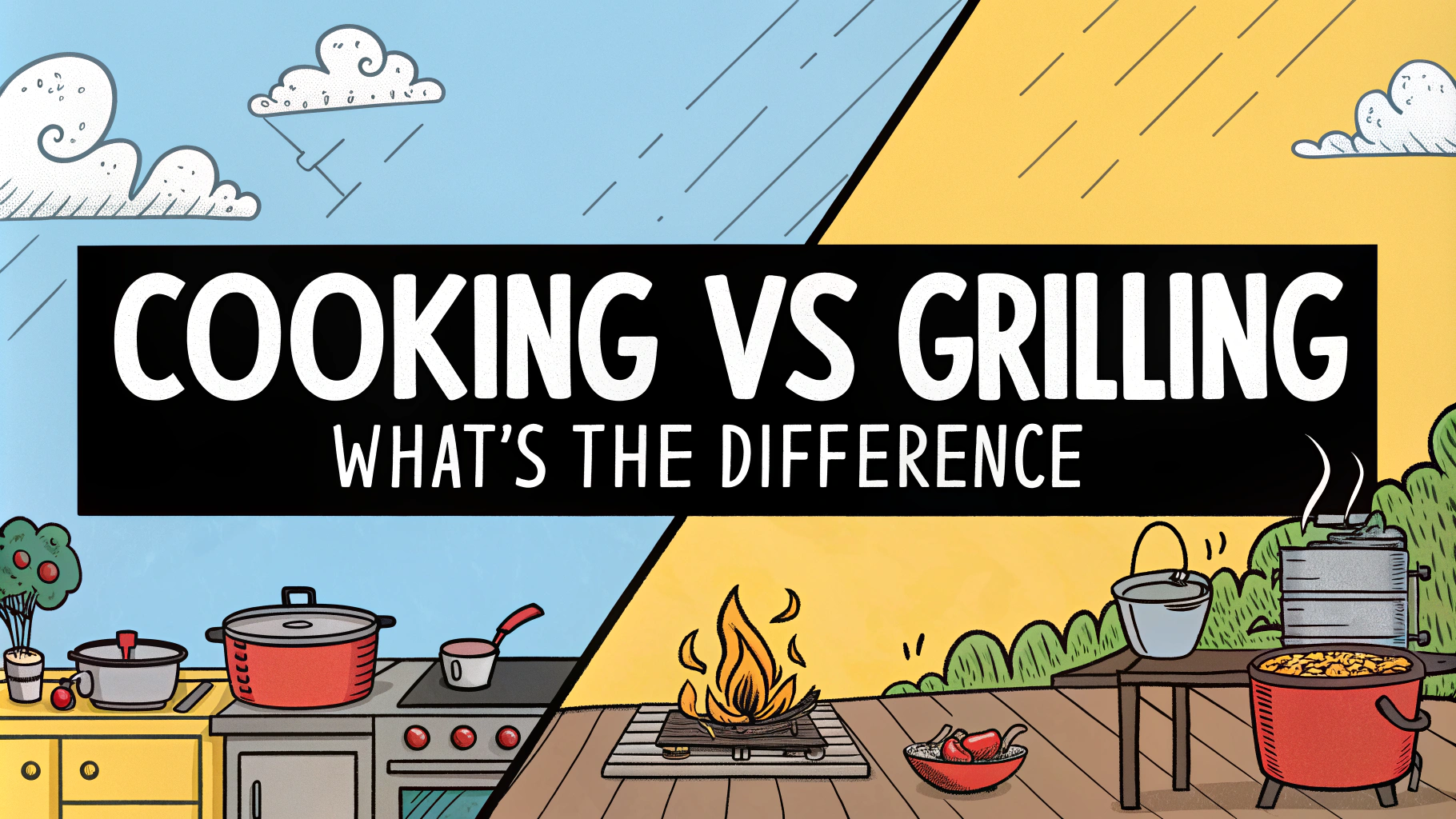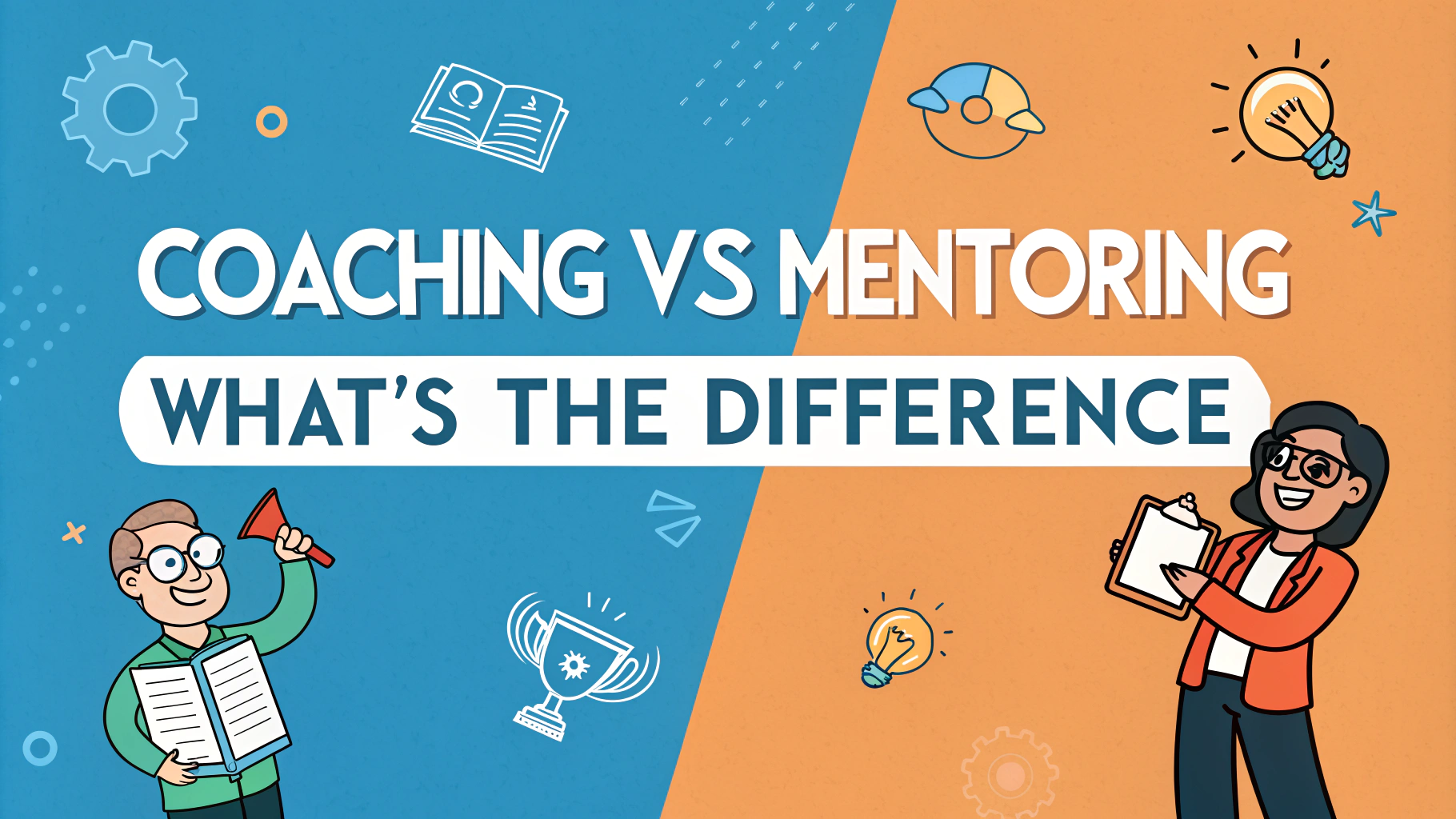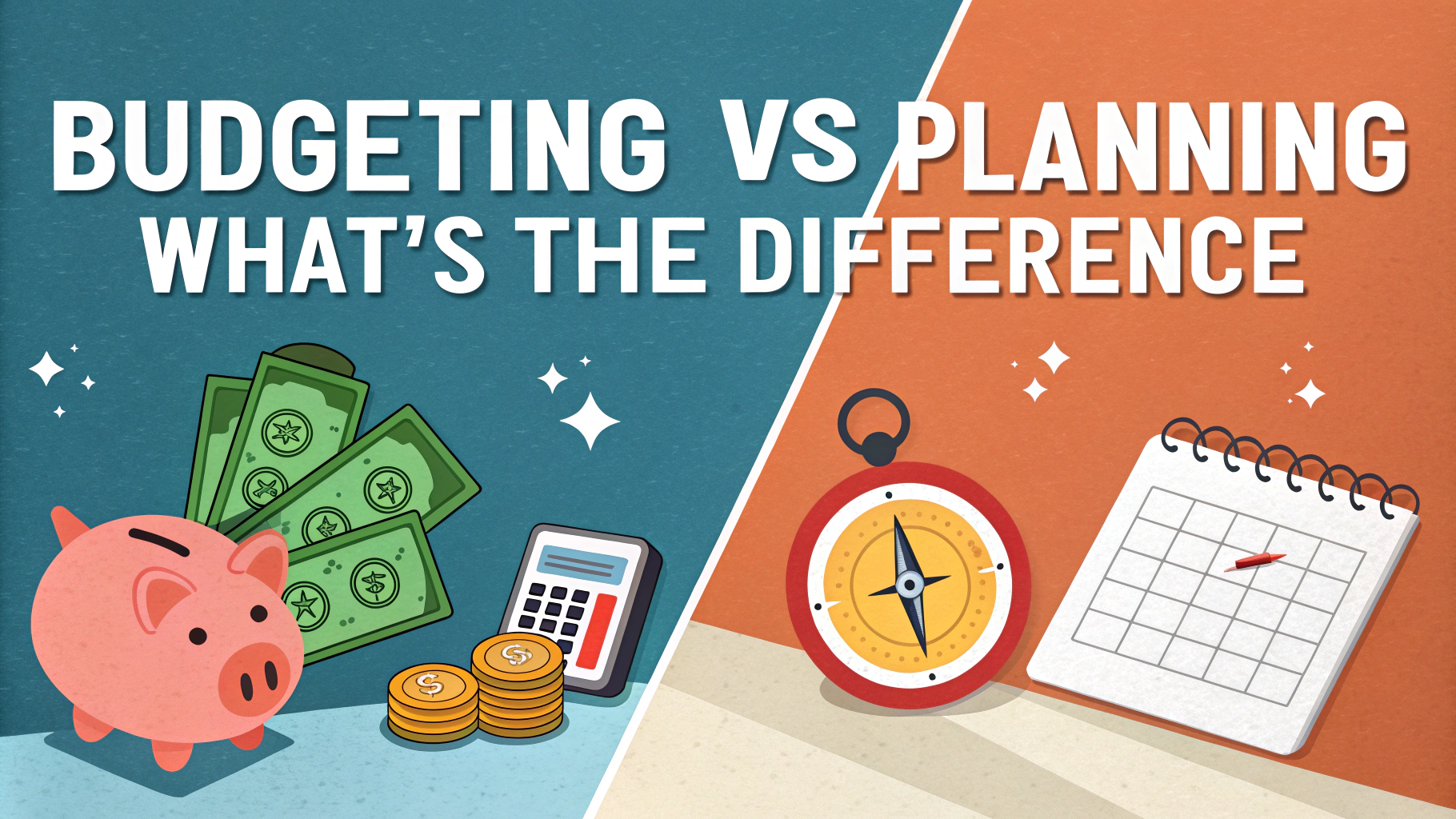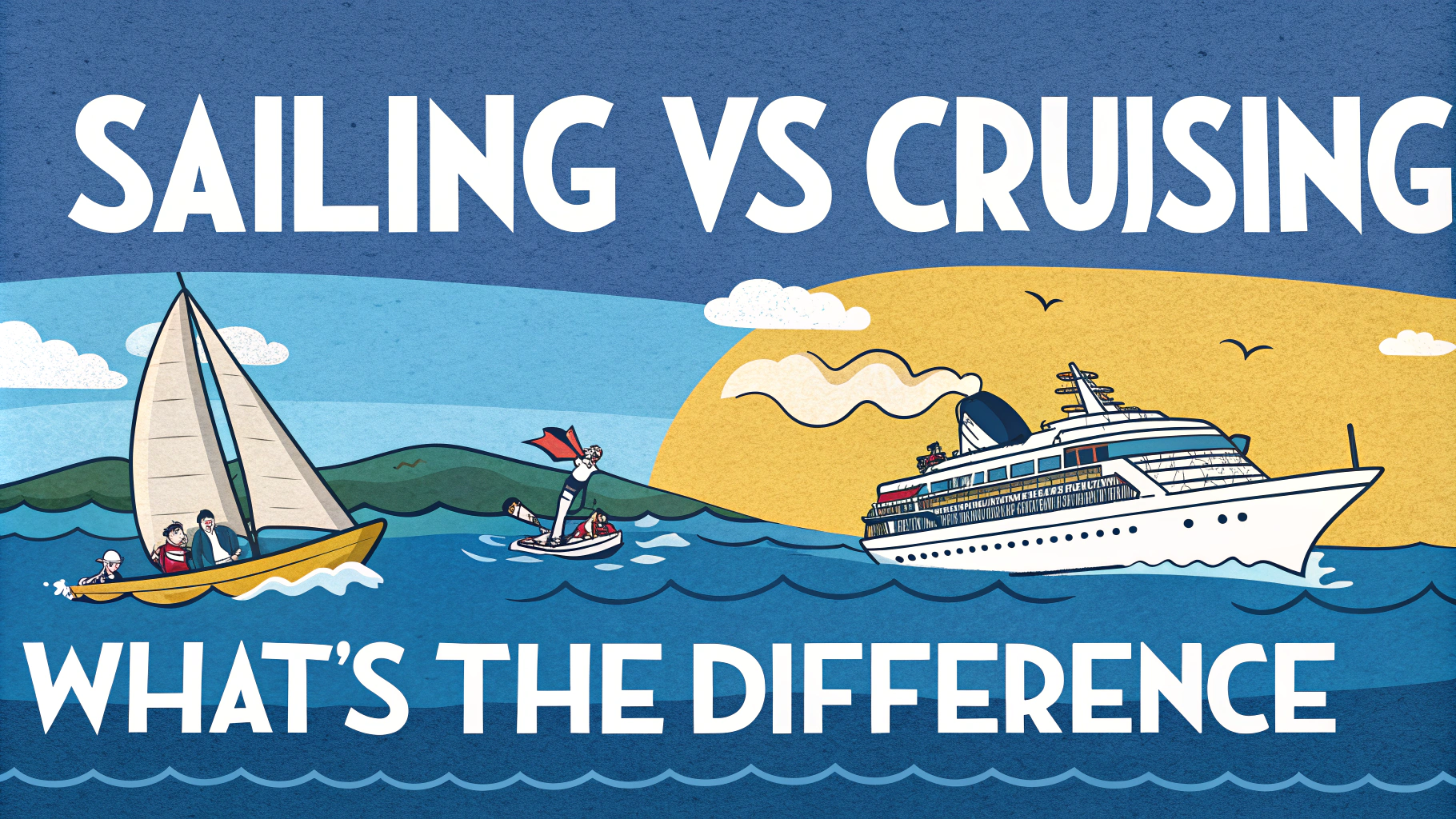The shift from traditional media to digital platforms has transformed how we consume audio content. **Broadcasting** and **podcasting** represent two distinct approaches to sharing information and entertainment through audio.
Radio broadcasting has dominated audio distribution for nearly a century, while podcasting emerged as a revolutionary format in the early 2000s. Each method offers unique benefits and serves different audience needs.
Key Differences in Production Methods
- **Broadcasting** requires professional equipment and FCC licenses
- **Podcasting** can start with basic microphones and editing software
- Broadcast studios need specialized soundproofing
- Podcast recording can happen anywhere with decent acoustics
Audience Engagement and Accessibility
| Broadcasting | Podcasting |
|---|---|
| Live, real-time audience | On-demand listening |
| Geographic limitations | Global reach |
| Set schedule | Flexible consumption |
Technical Requirements and Costs
- **Broadcasting Equipment**:
- Transmitters
- Professional mixing boards
- FCC compliance tools
- **Podcasting Essentials**:
- Digital microphone
- Recording software
- Hosting platform
> “Broadcasting follows a one-to-many model, while podcasting creates intimate, targeted connections with specific audience segments.”
Content Distribution Strategy
Picking the right platforms affects how many listeners find and engage with audio content. **RSS feeds** power podcast distribution across multiple platforms, while radio broadcasts rely on signal strength and regional coverage.
Monetization Options
Both formats offer unique ways to generate revenue:
**Broadcasting Revenue Streams:**
- Traditional advertising spots
- Sponsored segments
- Local business partnerships
**Podcasting Revenue Streams:**
- Dynamic ad insertion
- Membership programs
- Merchandise sales
- Crowdfunding
Analytics and Performance Tracking
Understanding audience behavior shapes content strategy:
| Broadcasting Metrics | Podcasting Metrics |
|---|---|
| Nielsen ratings | Download numbers |
| Call-in engagement | Listen-through rates |
| Market share | Geographic distribution |
Future Growth and Integration
Audio content continues evolving with technology advancements. **Hybrid approaches** combine live broadcasting with on-demand access, while **smart speakers** and **connected cars** create new listening opportunities.
Key developments include:
- Integration of live chat during broadcasts
- Enhanced podcast discovery through AI
- Multi-platform content strategies
- Improved audio quality through digital tech
> “Success in audio content depends on understanding your audience and choosing the right format for your message.”
Tips for Getting Started:
- Research your target audience
- Invest in quality audio equipment
- Create consistent content schedules
- Build engagement through social media
- Track performance metrics regularly
Podcasting vs Broadcasting FAQs
General FAQs
Q: What is the main difference between podcasting and broadcasting?
A: Broadcasting sends content through radio or TV waves to reach a mass audience simultaneously, while podcasting delivers digital audio content on-demand through the internet to specific subscribers.
Q: Which has a larger audience reach – podcasts or broadcasts?
A: Traditional broadcasting typically reaches larger simultaneous audiences, but podcasts can accumulate significant listeners over time through their on-demand nature.
Q: Do podcasters need a broadcasting license?
A: No, podcasters don’t need broadcasting licenses since they distribute content over the internet rather than using regulated airwaves.
Technical & Production FAQs
Q: What equipment is needed to start podcasting vs broadcasting?
A: Podcasting basic requirements:
- Microphone
- Computer
- Recording software
- Internet connection
Broadcasting basic requirements:
- Professional studio equipment
- Transmitter
- FCC license
- Broadcasting facility
Q: How much does it cost to start podcasting vs broadcasting?
A: Podcasting can start from $100-$500 for basic equipment, while broadcasting requires significant investment, often $10,000+ for small stations.
Long-tail Keyword FAQs
Q: Can podcast episodes make money without sponsorship?
A: Yes, through:
- Patreon subscriptions
- Premium content
- Merchandise sales
- Crowdfunding
- Affiliate marketing
Q: What’s the average podcast listener retention rate vs radio?
A: Podcast listeners typically complete 80-90% of episodes, while radio listeners average 15-20 minutes per session.
Q: How do podcast analytics differ from broadcast ratings?
A: Podcast analytics track:
| Podcast Metrics | Broadcast Metrics |
| Downloads | Nielsen ratings |
| Listen-through rate | Share of audience |
| Subscriber count | Peak viewership |
Q: What are the best times to release podcasts vs broadcast shows?
A: Podcasts perform best when released Tuesday-Thursday mornings, while broadcast prime time is typically 8-11 PM for TV and morning/afternoon drive time for radio.
Q: How does content ownership work in podcasting vs broadcasting?
A: Podcasters typically own their content outright, while broadcast content is often owned by networks or stations with strict licensing agreements.



















